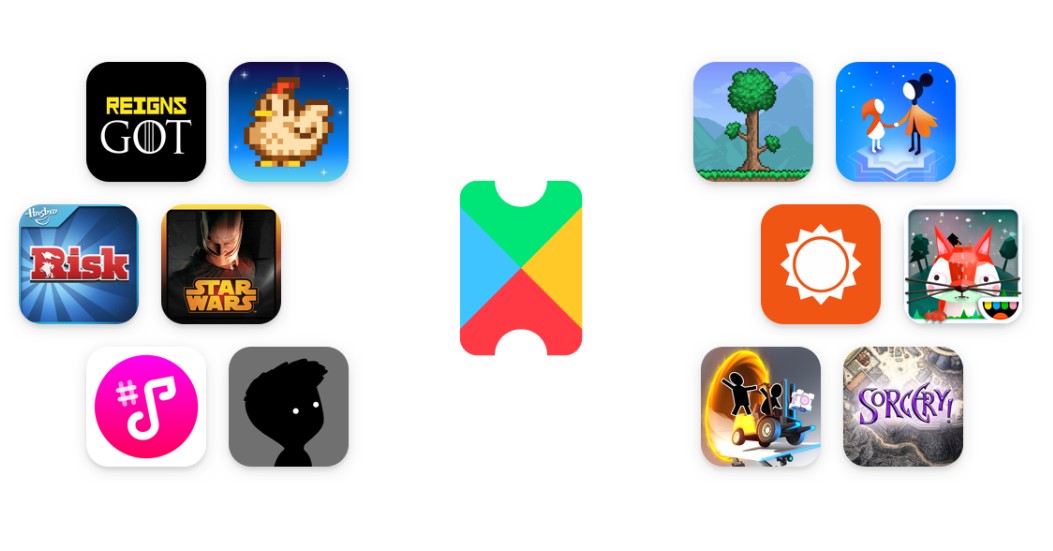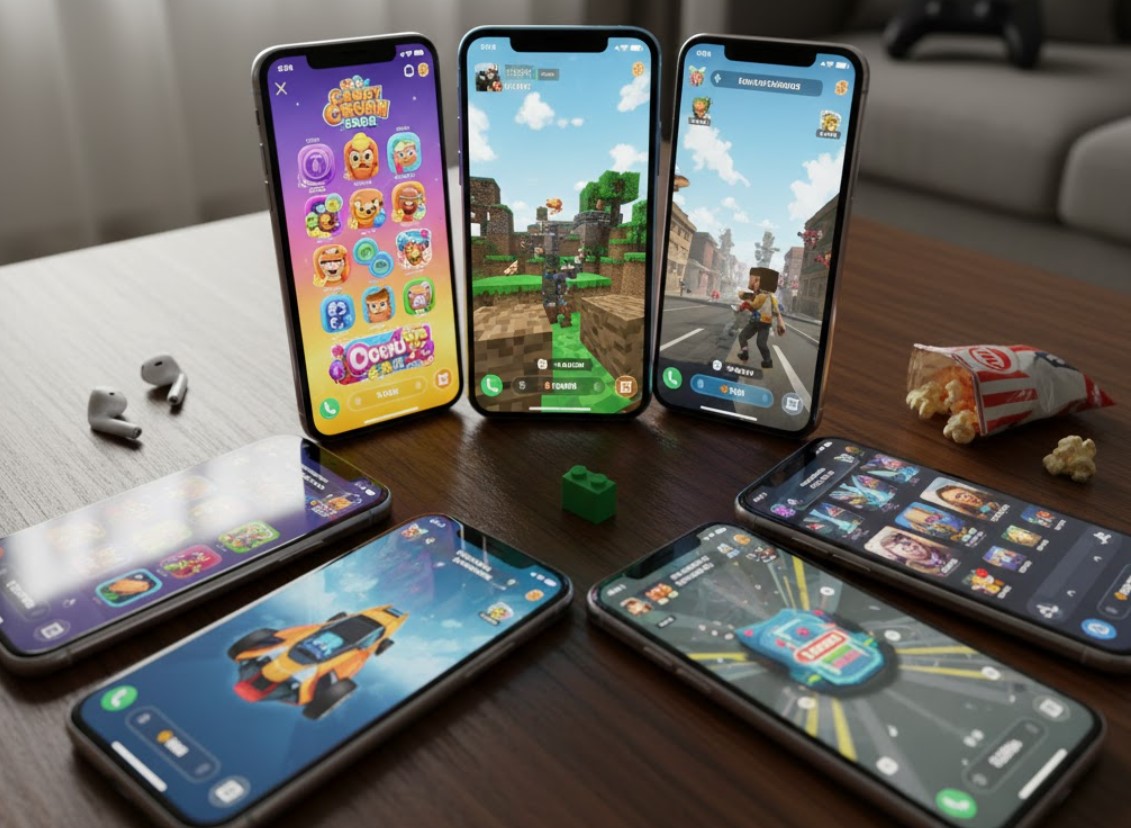Why Top Mobile Games Succeed While Others Fail?
Mobile gaming has become one of the most competitive markets in entertainment. We see hundreds of new releases literally every month, but if we’re being fair, only a small percentage manages to keep its players engaged for more than a few days. They become top mobile games. Other mobile games, despite seemingly nice visuals, clever mechanics, and so on, disappear almost instantly, and no one ever thinks of them twice.
The difference between the two types of mobile games is rarely luck, and not even the advertisement budgets. Successful top mobile games are built on understanding how players behave, what makes them happy, and what drives them away (and why).
In this post, the BandurArt team addresses several aspects that can become game-changers when making a product for mobile gaming.
Clear First Impressions Matter More Than Most Developers Think
Top mobile games shape their players’ attitude literally within the first several seconds (sometimes minutes). Few players will have the patience to explore a game further if it annoys them during the first five minutes of interaction.
If the game loads slowly, has confusing controls, or asks for too much too soon, the absolute majority of players will just close it and never open it again. And they will also spread the word among other players that the game is not worth their time or money, or both. Mobile players tend to make quick decisions, and they expect clarity.

Therefore, the top mobile games that last:
- Introduce controls immediately in a comprehensive way.
- Remove friction from the first session at least.
- Present the core loop clearly.
- Avoid long unskippable tutorials.
- Create a sense of progress from the start.
- Bonus feature: They are visually pleasant to use.
Average mobile games tend to overwhelm players with cluttered screens that barely load, too many buttons, long explanations that break momentum, or completely unclear mechanics. At the same time, the first session is to set the tone, and if it feels smooth, the game has a chance to keep the players at least slightly longer so that they can explore.
The Core Loop Must Be Satisfying on Its Own
The core loop is the main action players repeat: matching tiles, battling enemies, decorating a space, upgrading a character, and so on. When this loop feels good, players return because the gameplay itself is rewarding and they are happy with it.
When the core loop is weak, no amount of rewards, ads, mobile UI tweaks, or side missions can hold the game together, let alone when the game asks for extra investments or in-game currency to use those. If the game is weak at its base, why would anyone pay for the extras?
Top mobile games build loops around:
- Quick bursts of satisfaction;
- Simple but responsive controls that are fun to use;
- Predictable rewards;
- Small manageable challenges;
- Clear “one more round” moments.
Games that fail often rely too heavily on external motivation, like login bonuses or notifications, instead of making the core action genuinely fun.
Dopamine Design: Rewards Must Feel Earned, Not Manipulative
Dopamine design is one of the key aspects of top mobile games. Loot boxes, daily bonuses, internal currency, streak rewards, and animations that accompany wins are all built around dopamine stimulation. These techniques really work, but only if the player feels rewarded instead of pushed.
Dopamine design in successful games works in the following way:
- Highlights meaningful progress that really makes sense to the player.
- Celebrates real achievements.
- Makes upgrades feel impactful, not pointless.
- Allows players to set their own pace and still enjoy the rewards.
- Creates anticipation, not frustration.
For example, Yukon Gold casino promo codes for existing players reward players who are already interested, so this is an earned reward. And players interpret this bonus opportunity exactly that way.
Unsuccessful games, however, are not the ones that underuse dopamine design; it is the other way around. They drive their players crazy with constant pop-ups and notifications, unskippable ads, or reminders of a daily bonus expiring, force quick purchases, or reward players for repetitive tasks.
Whenever a reward feels hollow and pointless, or manipulative (you are rewarded only when you pay), players lose trust in the game. They quickly get tired and often quit without coming back.

Difficulty Curves Must Be Fair
One of the enemies of all mobile games that want to last is paid difficulty curves. This is something that all players hate, regardless of the game type. When you are unable to manage a level until you pay, but when you pay, you start flying across levels. Players willing to pay will quickly get bored with the game, and players unwilling to pay will lose any respect for the game.
A mobile game’s difficulty is one of the strongest predictors of long-term success. The best way is to challenge the players without overwhelming them, still allowing them to have their own pace and choose how they manage a level. The worst games create layers of artificial barriers to force microtransactions or prolong playtime without a reason, never caring about the player on the other side of the screen.
If a game suddenly spikes in difficulty without explanation, players assume the design is unfair, and it immediately drives the majority away. Fairness is essential in mobile environments; people do not want to feel punished for casual play.
On the other hand, games that allow balance are able to build loyal player communities. As a result, they last.
Conclusion
We’re calling on our fantastic community to amplify our mission by sharing this post widely across all your social media channels and saving it to your bookmarks for future reference. If you are inspired by our work and are interested in forming a unique creative partnership or a commercial collaboration, please don’t hesitate to contact the BandurArt team directly. Your engagement and support, whether through sharing or collaboration, are invaluable in helping us bring our art to a wider audience.




